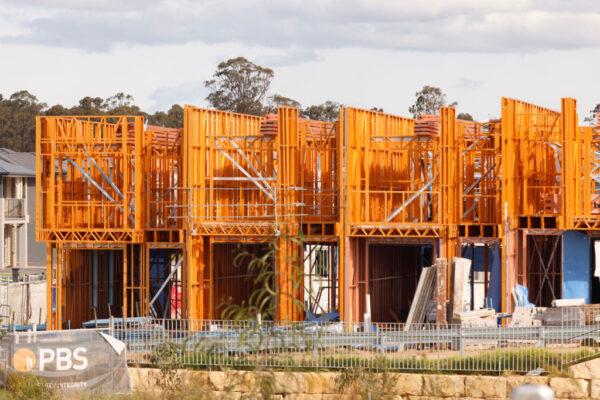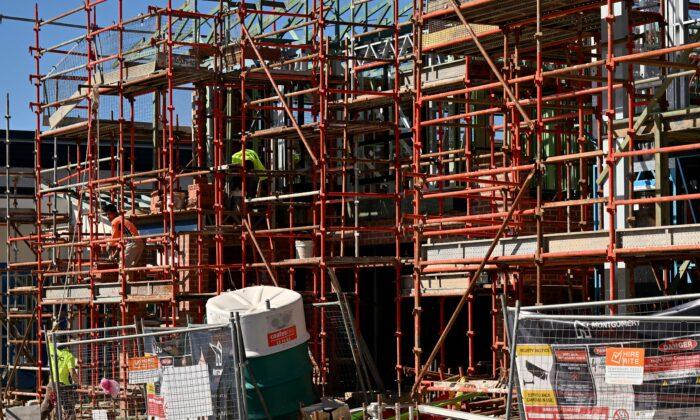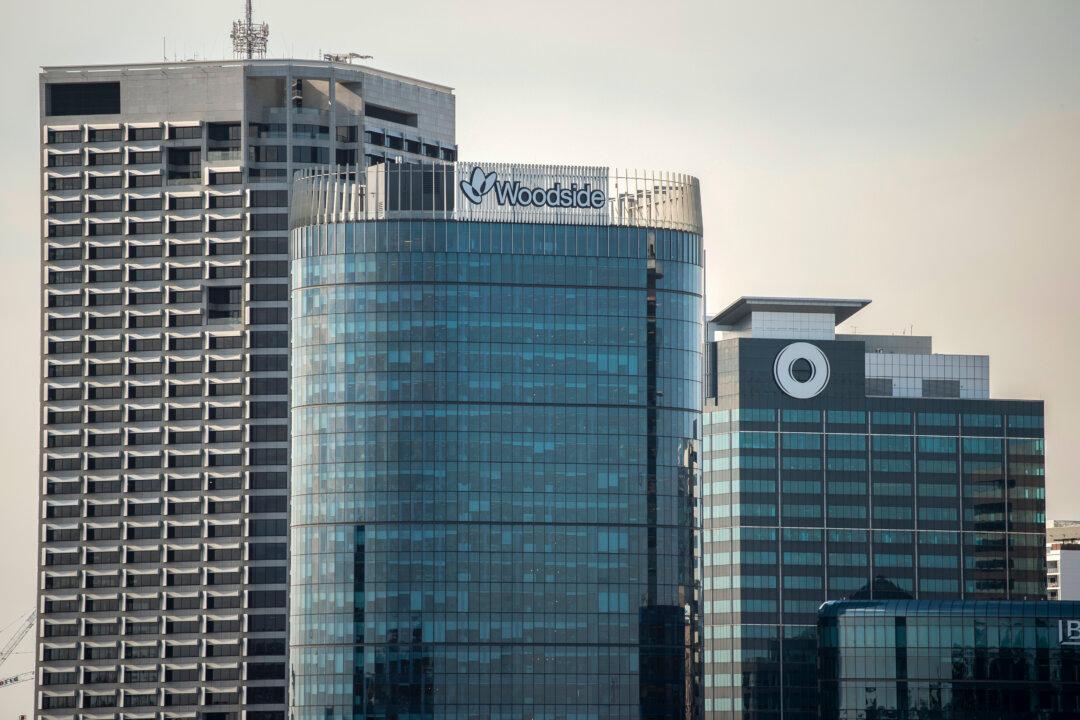The Australian housing industry saw a sharp fall in the number of buildings approved in July amid soaring building costs and interest rate hikes.
The sharp decrease was led by a lack of approvals for apartments and units, with the number of non-house dwellings approved for the private sector plunging by 43.5 percent.
ABS head of construction statistics Daniel Rossi said the above figure was the lowest level recorded since January 2012.
On the other hand, there was a slight increase of 0.7 percent in house approvals.
The drop in total dwelling approvals in July was much higher than market expectations, with ANZ Research analysts Brian Martin and Daniel Hynes predicting a 10 percent decrease for the month.
In addition, St George economist Jameson Coombs said successive interest rate increases and high material costs were likely to dampen demand for new housing.

Western Australia saw the most significant fall in dwelling approvals among the jurisdictions at 36.9 percent, followed by Victoria at 17.4 percent and New South Wales at 16.2 percent.
While Tasmania and Queensland also witnessed considerable drops, South Australia reported a surge of 19.2 percent in housing approvals.
Reforms To The National Construction Code
The drop in building approvals came after the Australian government announced changes to the National Construction Code, which included liveable housing provisions, new residential efficiency standards and condensation mitigation measures.The federal government said the reforms would ensure that new homes in Australia would be more comfortable, liveable, accessible and energy efficient.
“We are helping Australians live in new homes that are more comfortable, more sustainable and more supportive for people with mobility constraints.”
The minister also announced new national minimum residential energy-efficiency standards, requiring new houses and apartments to meet a seven-star rating, up from the previous six stars.
The new changes will make it more costly for Australians to build their homes, with Master Builders Queensland, a peak industry body, predicting that homeowners would have to pay an extra $30,000 (around US20,600) on average.
In comparison, government modelling suggested that the new changes would cause building costs to climb by $6,000.






Friends Read Free